1 Comment
This Wednesday, take a mini tour of the Cure Porch on Wheels with our Oral History Coordinator, Kayt! When it's not on the road bringing history and the arts to you, the Cure Porch on Wheels lives in the back yard of the Saranac Laboratory Museum. We're going to be sharing messages of thanks for essential workers in our community in the windows of the porch - submit yours today!
To learn more about the Cure Porch on Wheels and our project to thank essential workers, visit www.cureporchonwheels.org! Dear Friends, Saranac Lake’s tuberculosis economy depended on the labor of many essential workers. In honor of today’s heroes, here are a few favorite stories of brave helpers in local history. Nurses and doctors risked their own health providing care and companionship to tuberculosis patients far from home. Our museum archive is full of hundreds of photos and stories of these courageous women and men. In her book, Wish I Might, Isabel Smith writes warmly about her doctor, Francis B. Trudeau. He is somewhat overshadowed in history by his famous father, founder of Saranac Lake’s TB industry, Dr. Edward Livingston Trudeau. But Francis was widely respected for his kindness and his fierce dedication to his patients. Ms. Smith described his “inimitable hearty roar of good spirits which, then and always, enveloped me like a blaze of sunlight.” Members of the clergy provided essential support to patients in need of spiritual comfort. Alone and facing a dreaded disease for which there was no cure, many patients felt lonely and afraid. Serving as the Parish Visitor for the First Presbyterian Church, Christine Burdick visited two thousand bedridden patients in just one year. Hardworking wilderness guides were the backbone of the local economy. They made possible the recreation of wealthy sports from the city, bringing welcome cash into what was largely a barter system. The hotels and great camps of the Adirondacks depended on the guides’ deep knowledge of the woods, lakes, and wildlife. Dr. E. L. Trudeau counted local guides Fitz Greene Hallock and Albert McKenzie as lifelong friends and hunting companions. A group of guides purchased sixteen acres on Mount Pisgah as a gift to the doctor and the site for his sanatorium.
Many of Saranac Lake’s first responders go down in history as pillars of the community. One such man was William Wallace. He served as chief of the Saranac Lake Police Force for twenty-seven years. Bill McLaughlin wrote that Chief Wallace “was as fine a chief of police in his quiet but forceful way as any village could ask for. He lived the job but he never let the majesty of the law outweigh his own sense of justice and mercy and everyone was the better for it.” Cashiers and retail employees perform an essential service, and shopkeeper Charlie Green holds a special place in Saranac Lake history. He came here from England with TB after WWI. After his cure, he made Saranac Lake his home and became part of the fabric of the community. He generously offered goods on credit during difficult times, telling customers to pay him back only when and if they could. It’s not easy to make a living in the Adirondacks. Then, like now, Saranac Lakers worked hard to survive. People risked illness working in the TB industry, often because they simply needed the money. Many young people delivered meals to TB patients to help put food on their own tables at home. One tray boy told the story of eating food that the patients left on their trays to stave off hunger. For every person remembered in history, many more names slip quietly into the past. We know about far more doctors than housekeepers and deliverymen, but the TB industry relied upon their brave hard work as well. Here’s one story we know, told to us by a museum visitor. About 120 years ago, Edna Dubray was a housekeeper at the Trudeau Sanatorium. One day, a railroad deliveryman named David VanNortwick brought a package up to the San. Edna and David met and fell in love. Soon, they married, and Dr. E.L. Trudeau offered to let them honeymoon in Little Red, the first little cure cottage at the Sanatorium. The couple settled in the village and raised a family of nine children. Some of their children went on to serve in the second world war, and some became employees in the local sanatoria. What stories do you know about helpers in our history? Contact us or share what you know on our wiki site at www.localwiki.org/hsl. Would you like to thank an essential worker who is helping us get through this time? Please mail or email your thank you note to us at the address below. We will be decorating the Cure Porch on Wheels with your notes of appreciation! Be well, Amy Catania Executive Director Historic Saranac Lake Images: Trudeau School Graduating Nurses, 1931. Courtesy of Jan Dudones. Historic Saranac Lake Collection. Guide carrying guideboat with "sport," c. 1905. Paul Smith's College Library Collection. This Tuberculosis Thursday, we're doing something a little different! We put together this playlist representing some of the musicians who are included in our Art of the Cure exhibit. All of these artists had a link to Saranac Lake in the TB era, whether they were patients themselves, accompanied a loved one, or helped raise funds! Click the button below to head on over to Spotify to check out this eclectic mix!
Time for another Wednesday Mini Tour! Amy visited with Martha Reben at the Saranac Laboratory Museum to tell you a little bit about Reben's amazing life. Visit our wiki to learn more about her story!
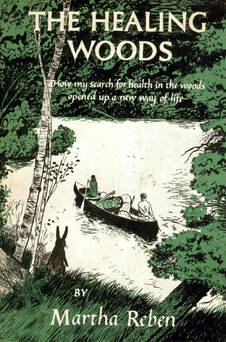 Dear friends, Many Saranac Lakers find themselves heading outside during these unsettling times. In the woods around us we find a sense of peace, a place where human worries and sickness feel far away. In fact, the natural environment of the Adirondacks is at the heart of our history as a center for tuberculosis treatment. The fresh air and beauty of the region was believed to restore both body and spirit alike, and thousands came here from around the world in search of the fresh air cure. Long before the TB era, Native American peoples lived in harmony with the rich natural resources of the area for thousands of years. In the 1800s, newcomers began arriving, seeking profit and recreation. The riches of the wilderness enticed settlers, loggers, miners, hunters, trappers, vacationers, and, eventually, health seekers. Dr. Edward Livingston Trudeau first visited the Adirondacks as a young “sport” from the city to hunt and fish at Paul Smith’s Hotel. He fell in love with the pristine setting and the excellent hunting opportunities. Then, in the 1870s, stricken with TB, he decided to come back to Paul Smith’s, expecting to die. But during the summer he spent at Smith’s hotel, his health improved dramatically. He credited the natural environment, and eventually he established his sanatorium in Saranac Lake so that others could benefit from the fresh Adirondack air. For 70 years Saranac Lake grew and prospered as a health resort, becoming very much a little city in the heart of the Adirondacks. Trains came and went some 20 times a day. Main Street grew with many specialty shops catering to the tastes of city people. By the 1930s, when Isabel Smith was curing at Trudeau Sanatorium, the rugged Adirondacks had been drastically re-shaped by logging, railroads, and population growth. But for a city girl, Saranac Lake was a haven in the wilderness. Isabel developed a love of the natural world that sustained her through 21 years sick in bed. The outdoor life belonged not just to the TB patients on their porches. Many year-round and summer residents describe some of their happiest memories as the times they spent outdoors in the Adirondacks. Historic Saranac Lake has documented hundreds of stories about summers at the beloved platform tents, camping at Fish Creek, hunting and fishing, the timeless historic Great Camps, and climbing the High Peaks. (We look forward to sharing this history in our future expanded museum, and invite you to contact us with your photos and stories!) Wilderness author Martha Reben has inspired many outdoor enthusiasts. After a year of unsuccessful curing at the Trudeau San, Ms. Reben spotted an ad in the local newspaper for a different type of cure. Local boat builder and guide Fred Rice placed an advertisement seeking a patient to guide into the woods. Mr. Rice believed that TB patients who were spending their days in the village resting on cure porches would be better served by getting out into the forest. Martha answered the ad and spent much of the next ten years camping in the great outdoors. There she found freedom from sickness and joy in the wildlife around her. In her book, A Sharing of Joy, Martha wrote about hearing a flock of birds flying over her campsite, “…suddenly I saw, in one of those rare moments of insight, what it means to be wild and free. As they went over me, I was there with them, passing over the moonlit countryside…The haunted voices grew fainter and faded in distance, but I sat on, stirred by a memory of something beautiful and ancient and now lost - a forgotten freedom we must all once have shared with other wild things, which only they and the wilderness can still recall to us, so that life becomes again, for a time, the wonderful, sometimes frightening, but fiercely joyous treasure it was intended to be." Now, as the weather finally warms, the loons are returning. What do you hear in their calls? Be well, Amy Catania Executive Director Historic Saranac Lake P.S. Now is a time to PAUSE, reconnect with loved ones, and find safe, healthy adventures close to home. We will be here when the time is right and look forward to seeing you sometime soon! Images: Young Alex and Martha Dreyfoos with their mother at the family’s platform tent camp on Burnt Island, c.1937. Courtesy of Alex W. Dreyfoos, Jr., and The Healing Woods by Martha Reben. In keeping with the theme of this week's Letter from the Porch, we are excited to share a Wednesday DIY Tour! Instead of watching us tour a site, you can now visit The Clio website or download the Clio app to get out for a walk and take a self-guided tour of our downtown. The tour will tell you the history of buildings downtown based on your location, so if there's a building in town that you've always wondered, "what about?!," now's the chance to take a stroll through town and find out!
And don't worry, when the museum reopens, we'll resume offering our popular guided downtown walking tour (and more!) for that personalized, behind-the-scenes information from one of our knowledgeable staff. Thanks to Clio for offering this awesome app free of charge so we can all learn about history all around us! Not in Saranac Lake? You can still view the tour online or on your phone, AND you can see what historic sites have been added near you (and add some of your own!). Dear friends, The old neighborhoods of Saranac Lake are lively these days, as people of all ages take a break from solitude to go out walking at all hours. Like the TB patients of the past, we are eager to stretch our legs, breathe some fresh air, and wave to a friendly face across the street. Moderate exercise was a key part of the treatment in Saranac Lake. Doctors recognized that exercise could boost the immune system by strengthening the body and improving mental health. Not all TB patients were bedridden, and those who were well enough to get out of bed went walking on their doctors’ orders. The Trudeau Sanatorium admitted people in the early stages of the disease, and so many of the patients there lived a pretty lively existence. They made crafts in the occupational therapy workshop, walked to meals in the grand dining room, and performed in plays in the auditorium. Walking provided a chance to spend time with a friend or romantic interest. Doctors monitored their patients closely and prescribed increasing amounts of exercise as their health improved. Patients were expected to follow instructions exactly, as outlined in Dr. Brown’s “Rules for Exercise.” As we embark on ambitious long walks in these new times, we should keep in mind Dr. Brown’s sage advice such as, “remember always that you will have to return.” As a young boy, Jim Meade lived in the superintendent’s cottage at the Trudeau San, and he remembers watching the patients taking their prescribed walks to the gate. Some wanted to go farther than the prescribed distance, and so they walked in a zigzag line to fit in extra steps before getting to the turnaround spot. Other area sanatoria had their own walking trails. At Stonywold Sanatorium, signs on the Onchiota dirt road measured walks of 5 minutes, 10 minutes, and up to 60 minutes. At Will Rogers Hospital, walking trails wove in and out of the surrounding woods, providing cover for patients looking to grab a smoke out of the watchful eyes of the staff. Andy Rawdon tells the tale of being hired as a youngster to help police the Will Rogers trails. Andy managed to increase his income by accepting occasional tips from the smokers in exchange for keeping quiet.
One of my favorite photos is this one of Alice Gallup, shared with us by her son, Michael. Alice came from Pennsylvania to cure at the Trudeau Sanatorium in 1917. She recovered her health, but then her husband abandoned her to raise two young sons on her own. She made her home in Saranac Lake and supported her family by working as the organist in a local church and teaching piano. Alice maintained her joyful spirit in the face of adversity, a spirit you can see in this photo. Alice didn’t just walk to the sanatorium gate, she climbed it! To sign off with a favorite phrase of one friend who lived to the ripe age of 107 -- Keep moving! Amy Catania Executive Director Historic Saranac Lake Images: Patients at Trudeau Sanatorium, courtesy of the Saranac Lake Free Library. Alice French Gallup at the gates of Trudeau Sanatorium, courtesy of Michael Gallup. Welcome to Talking Points!
We are so excited to introduce this new weekly series about how to do oral history interviews. We know that right now everyone's spending a lot of time talking to family members, either in person or on the phone. With that in mind, every Sunday our Oral History Coordinator Kayt Gochenaur will share her top trips and tricks for interviews from home. Don’t have a lot of time? Don’t worry! Each video is under a minute long. Today's video covers some things to remember before you start recording! |
About us
Stay up to date on all the news and happenings from Historic Saranac Lake at the Saranac Laboratory Museum! Archives
August 2022
Categories
All
|
Historic Saranac Lake at the Saranac Laboratory Museum
89 Church Street, Suite 2, Saranac Lake, New York 12983
(518) 891-4606 - [email protected]
89 Church Street, Suite 2, Saranac Lake, New York 12983
(518) 891-4606 - [email protected]

Historic Saranac Lake is funded in part by the New York State Council on the Arts with the support of the Office of the Governor and the New York State Legislature,
and an Essex County Arts Council Cultural Assistance Program Grant supported by the Essex County Board of Supervisors.
and an Essex County Arts Council Cultural Assistance Program Grant supported by the Essex County Board of Supervisors.
© 2023 Historic Saranac Lake. All Rights Reserved. Historic photographs from Historic Saranac Lake Collection, unless otherwise noted. Copy and reuse restrictions apply.
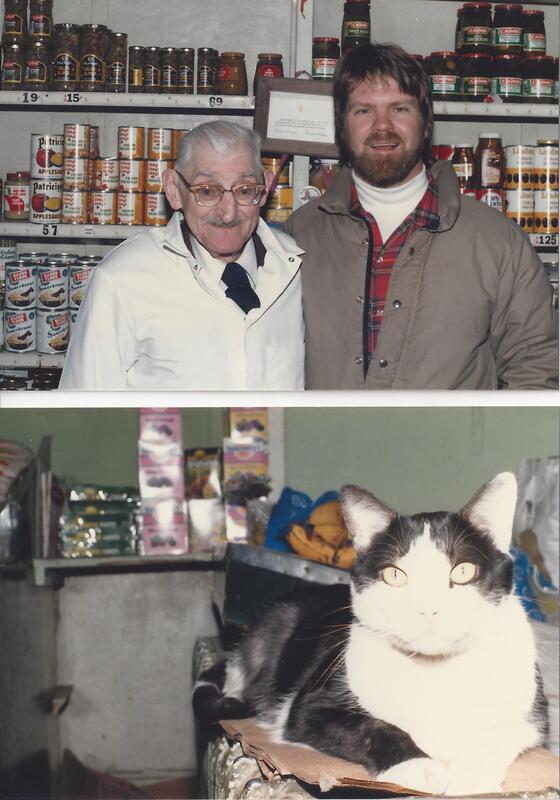
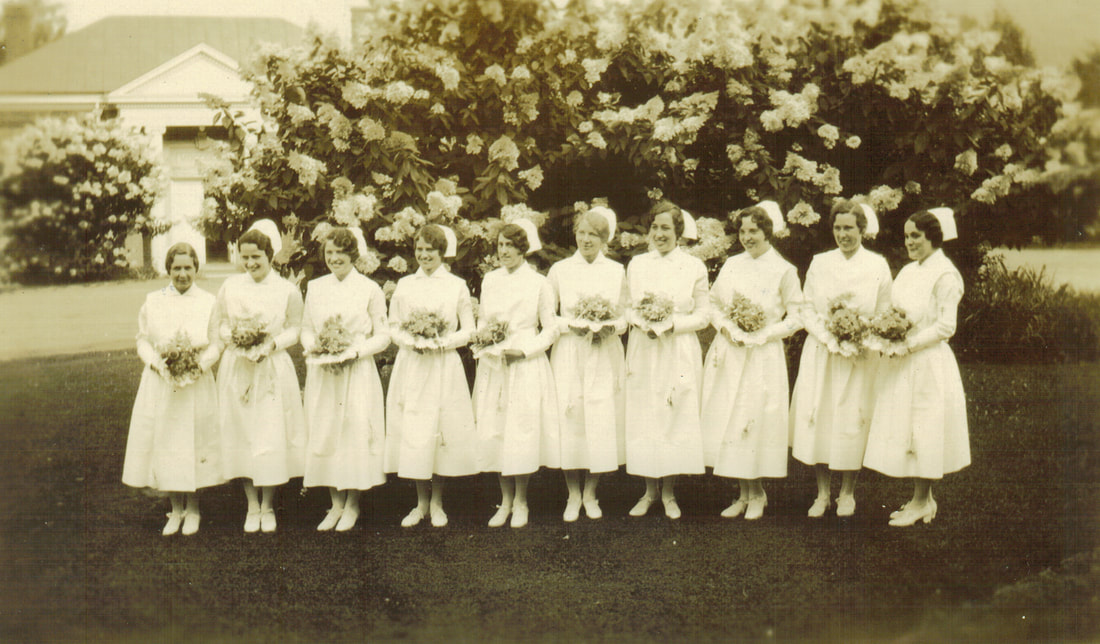
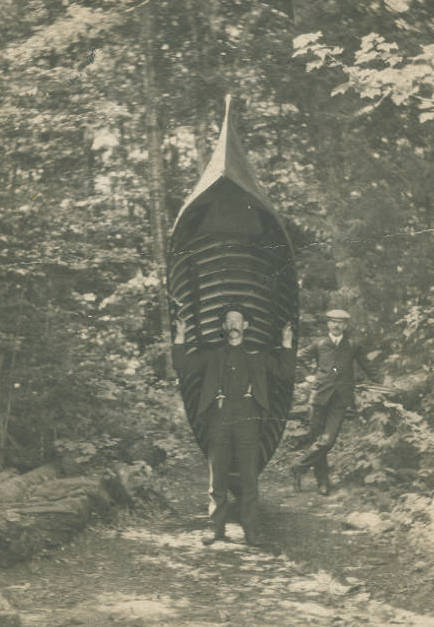
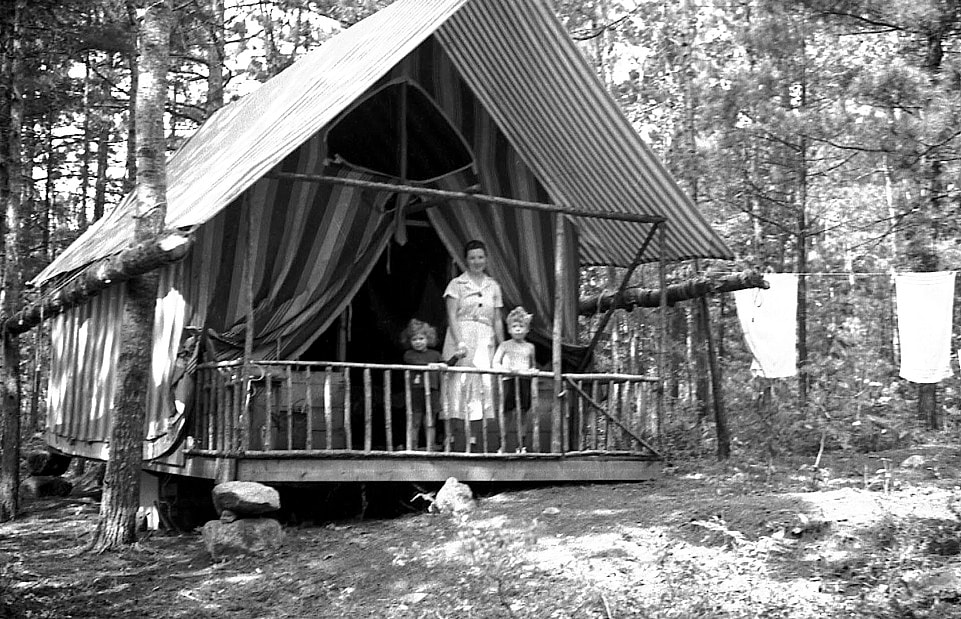
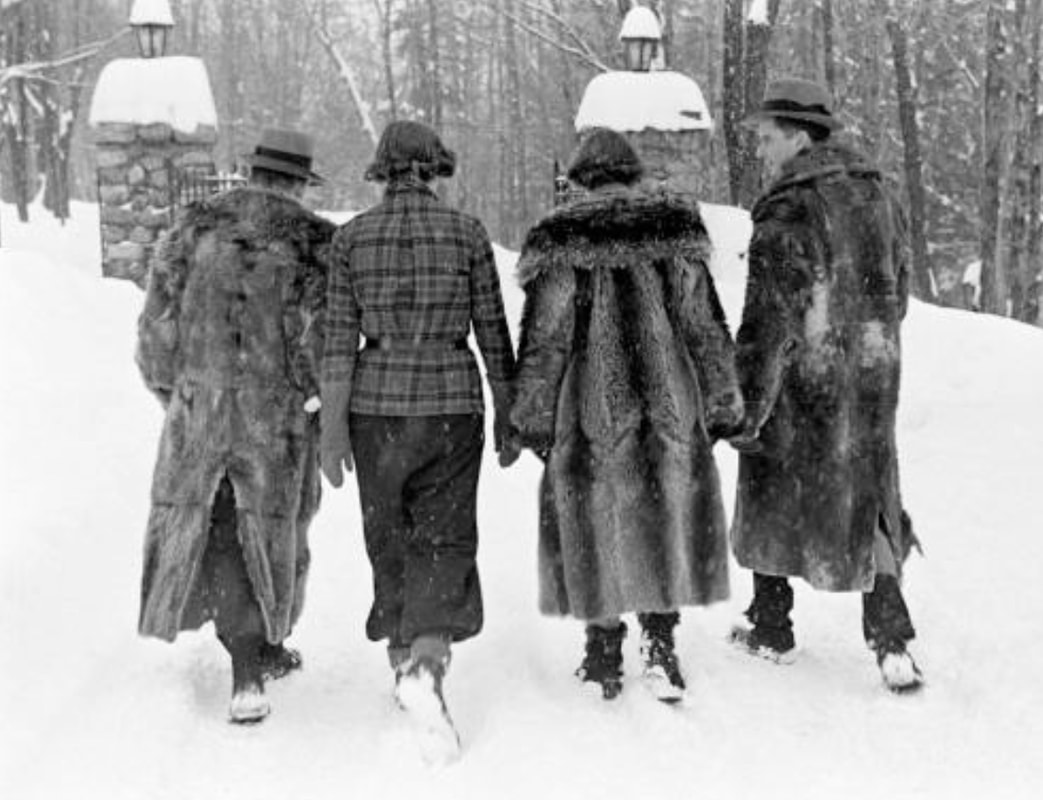
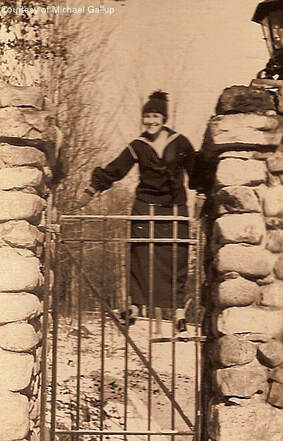
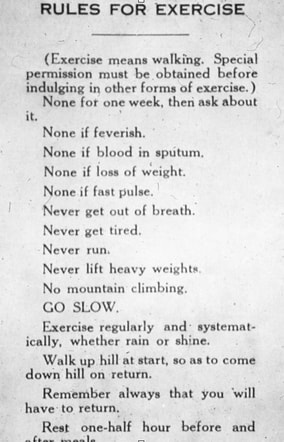
 RSS Feed
RSS Feed